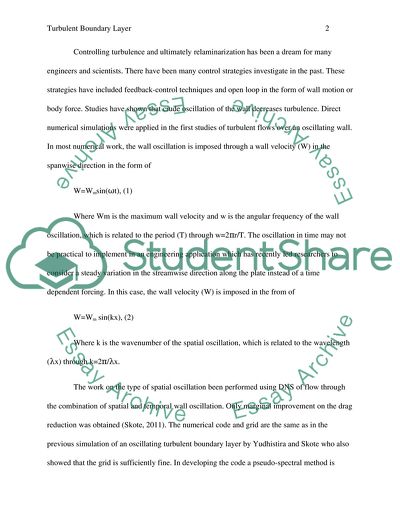Cite this document
(Turbulent Boundary Layer Assignment Example | Topics and Well Written Essays - 1566 words, n.d.)
Turbulent Boundary Layer Assignment Example | Topics and Well Written Essays - 1566 words. Retrieved from https://studentshare.org/formal-science-physical-science/1789896-article-review-fluid-dynamics-aerodynamics-boundary-layer-turbulent
Turbulent Boundary Layer Assignment Example | Topics and Well Written Essays - 1566 words. Retrieved from https://studentshare.org/formal-science-physical-science/1789896-article-review-fluid-dynamics-aerodynamics-boundary-layer-turbulent
(Turbulent Boundary Layer Assignment Example | Topics and Well Written Essays - 1566 Words)
Turbulent Boundary Layer Assignment Example | Topics and Well Written Essays - 1566 Words. https://studentshare.org/formal-science-physical-science/1789896-article-review-fluid-dynamics-aerodynamics-boundary-layer-turbulent.
Turbulent Boundary Layer Assignment Example | Topics and Well Written Essays - 1566 Words. https://studentshare.org/formal-science-physical-science/1789896-article-review-fluid-dynamics-aerodynamics-boundary-layer-turbulent.
“Turbulent Boundary Layer Assignment Example | Topics and Well Written Essays - 1566 Words”, n.d. https://studentshare.org/formal-science-physical-science/1789896-article-review-fluid-dynamics-aerodynamics-boundary-layer-turbulent.


